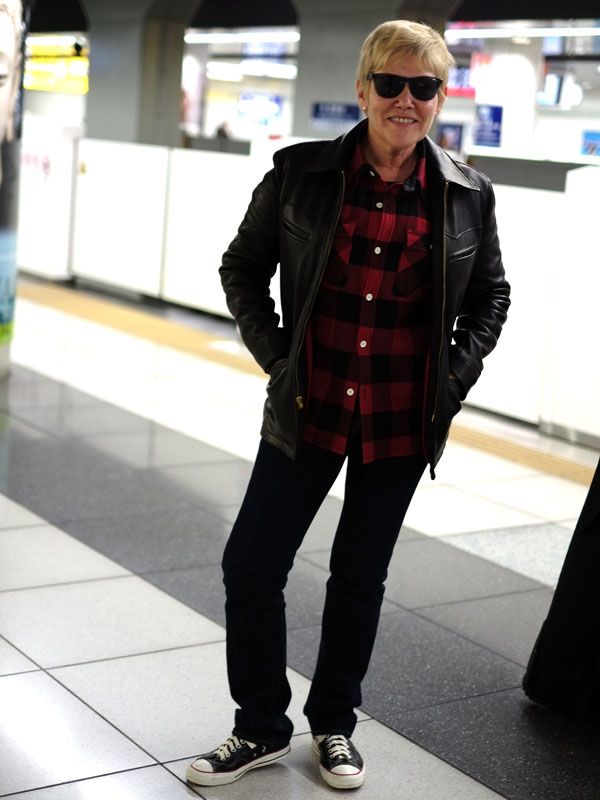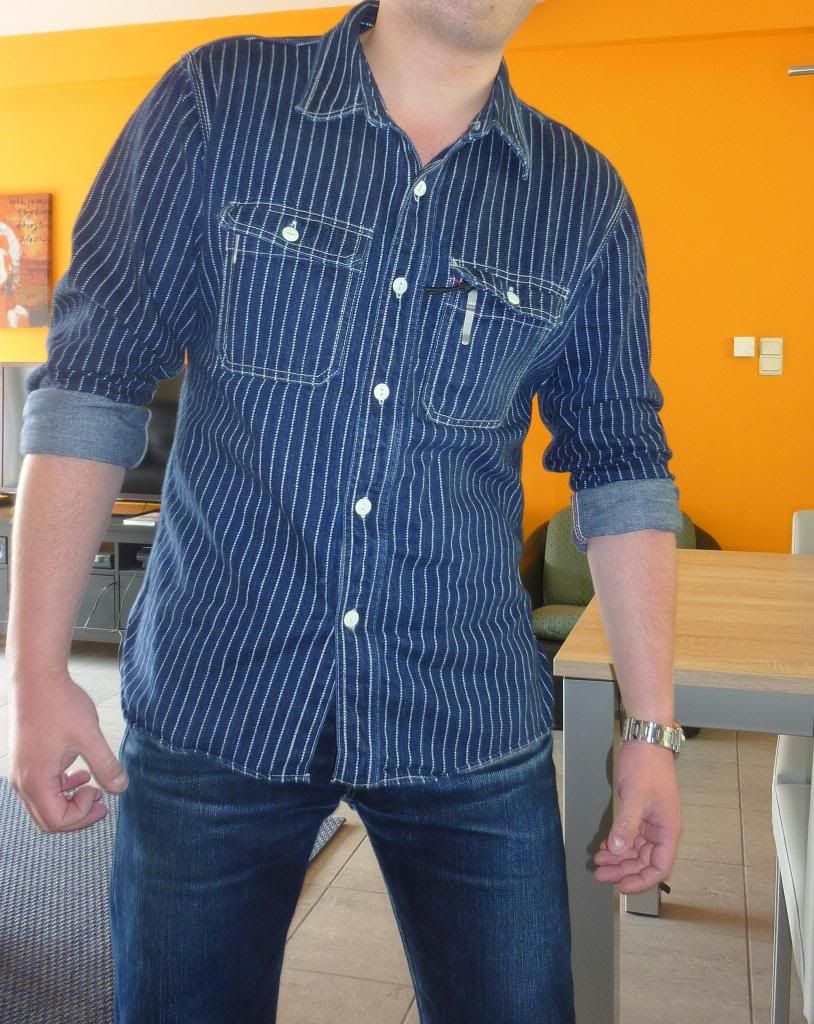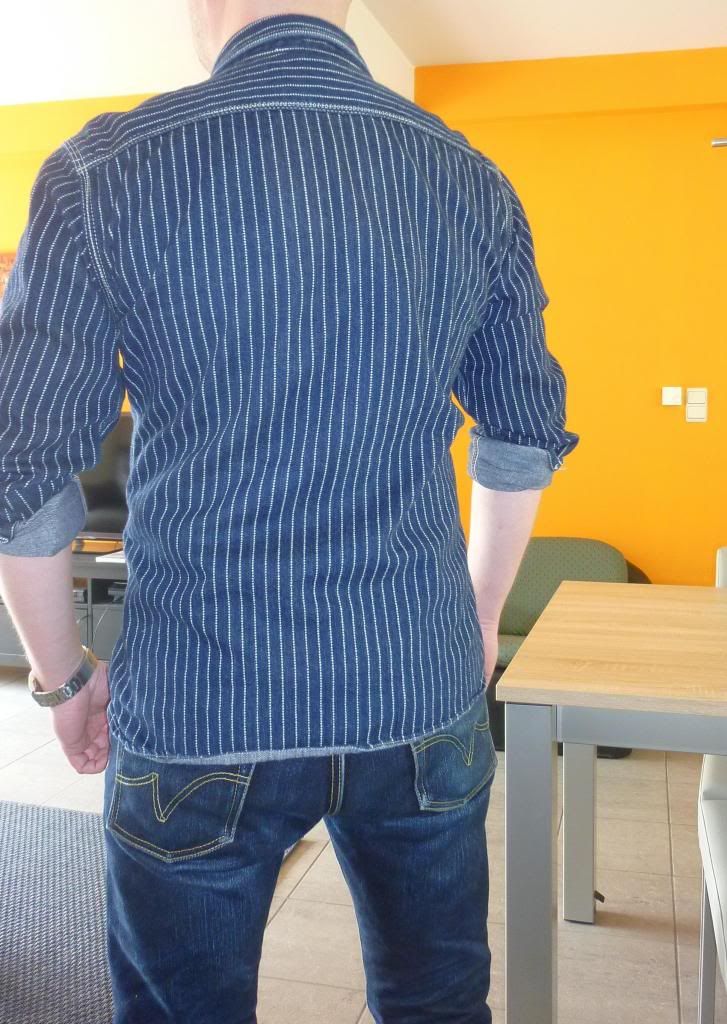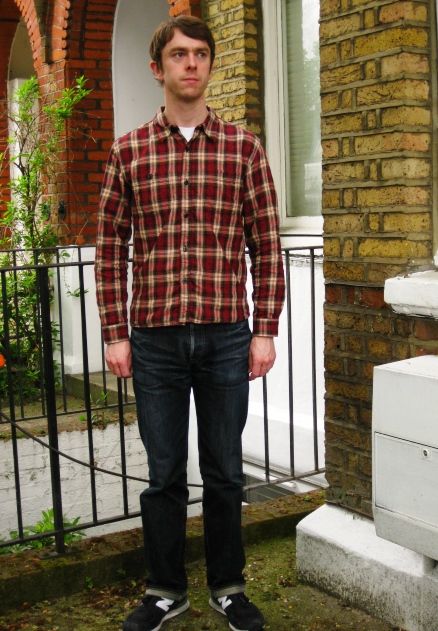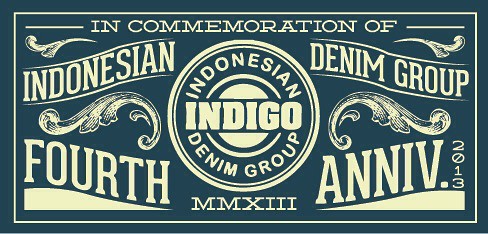The Flat Head
-
If anybody want FH gear rakuten is giving free international shipping till tomorrow. Get Fh tees for $68!!! And flannels less the $200
My new diamond & dots shirt just came in

Got a 44 because my 42 of an older FH wabash is a bit too tight. I think a 43 will be ideal. Anyone tried shrinking one of their denim shirts? It's pre-washed but pretty sure I can blast it down to size, would be interested to hear if anyone has done the same.
I ve done it three times. No shrinkage at all. Sry mate!
-
I ve done it three times. No shrinkage at all. Sry mate!
Interesting–I wonder if your washer or dryer isn't high temp enough? I blasted it once for 27 minutes alone and inside out in the washer set to whites, dried it on high for 45 minutes, and it got the job done.
-
I dont even use the dryer just a hot wash on high spin air dried and get plenty of shrinkage.. Have a front loading HE washer if that makes a difference…
-
Yeah. As mentioned I used a utility sink and feckin hot ass water for a 30 minut hot soak of my IH as chambray and air dried that. A supposed minimal shrinkage garment that was a tad large now looks bespoke.
-
Didn't Paula have one?
-
Agreed, in that pic the B stands for Badass

-
You should pull it out of the closet more often.
-
-
Very nice!
-
thanks a ton kyle:
@Kyle@TFH:
Okay guys, this is the moment you’ve been waiting for. I had the privilege of visiting Kojima, Okayama prefecture, where I saw firsthand how Flat Head creates their jeans. As far as I can tell, none of this has ever been documented in English before, and there are virtually no other companies that make jeans this way.
Even among the high-class Japanese brands, most jeans are cut and sewn in a single factory. Flat Head, however, is unique in that they do not make their jeans in a central factory; rather, they have about half a dozen different locations in the Kojima area, each dedicated to a different stage of producing jeans.
Because this is somewhat sensitive information, I can’t give out too many names or details concerning exactly how Flat Head does this, nor the names of the company or their employees. However, you can get a never-before-seen look into the unique ways we make our jeans. This is a lot of information, so I’ll be taking several posts to write about all of it.
Part One: The City, The Office

Kojima (now technically a part of Kurashiki) is located in western Japan. The area is best known for the massive Great Seto Bridge connecting Japan’s main island Honshu to Shikoku (which is the only place in Japan where indigo is produced.) The region is a center for heavy industry as well as an important international port. But more importantly for us, Kojima is also the heart of Japan's denim production. Many companies are headquartered here, ranging from beloved enthusiast brands to mainstream jeans that can be found in any store in Japan.

Kojima has capitalized on its denim heritage, with a denim museum (where you can make your own denim items and accessories), a tour bus connecting popular destinations, and a Jeans Street, where many clothing stores and denim-related shops are located.
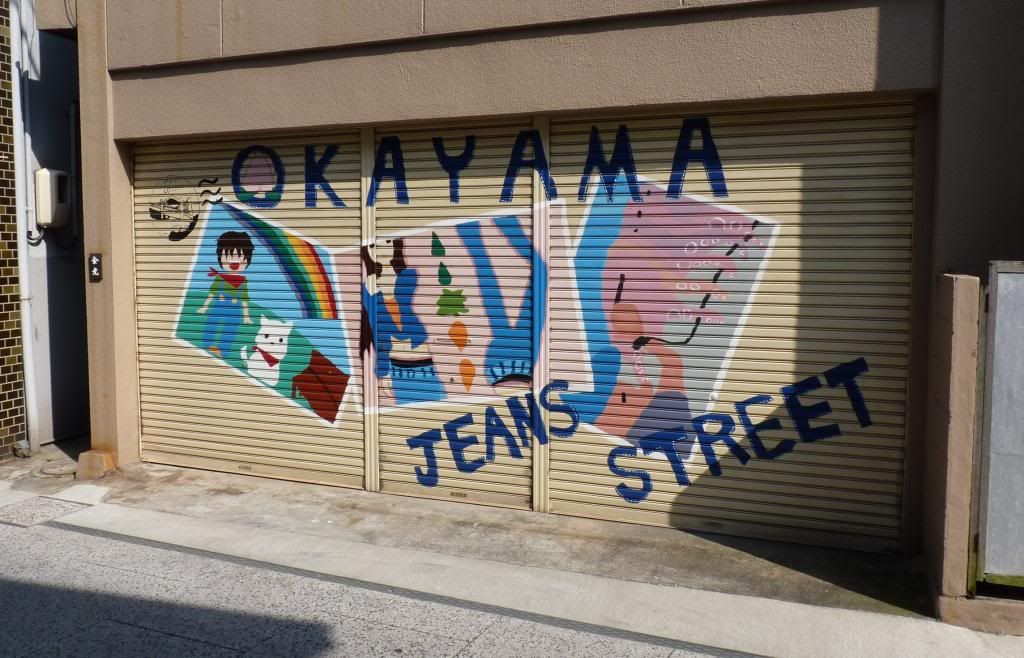
However, Flat Head’s activity in Kojima is far from the typical tourist destinations. Our journey into the heart of Flat Head’s denim production takes us far from the city’s factories and mills and into small, winding neighborhoods where you would never expect to see jeans being produced.
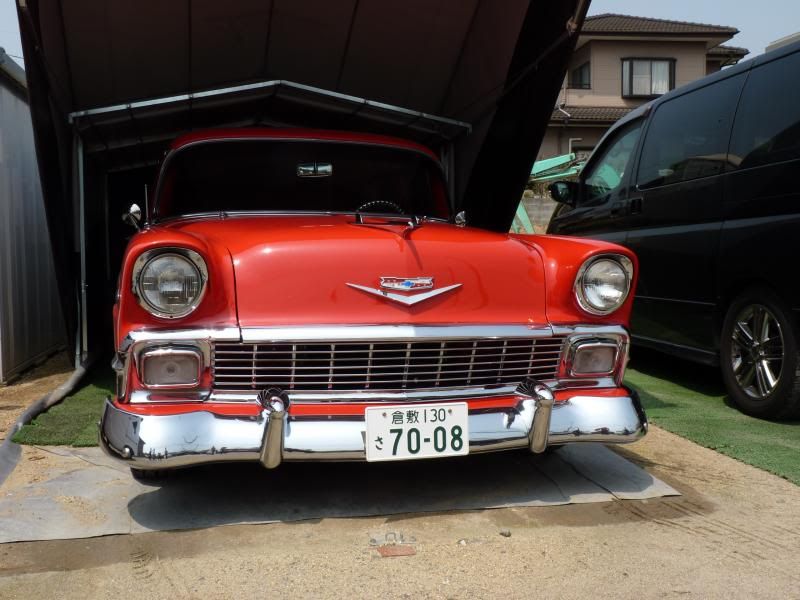

First off, we visited the main office of the sewing company. They’ve been in business for over twenty-five years; a love for denim runs deep in their veins and they’ve been doing this for longer than almost all of our favorite brands have even existed. Their workers have many years of experience that predates the manufacture of jeans, but they’re also training the next generation of skilled workers to inherit these techniques.
They make jeans for at least one other Superfuture-familiar brand, and have made for others in the past, but it’s clear that their closest relationship is with Flat Head. The CEO (and our tour guide) was dressed from head to toe in Flat Head apparel.
I asked him many questions about the company – their history, the other brands they’d worked with, and so on. He said that Flat Head jeans are by far the most difficult for them to make because of the unique processes and time-consuming methods we use which differ from that of other brands.The office is where the company tests out machinery and techniques, cuts patterns, and works with new fabrics. This is also where samples (such as my 4002 prototype jeans) are made. It has a variety of vintage sewing machines and tools on hand.
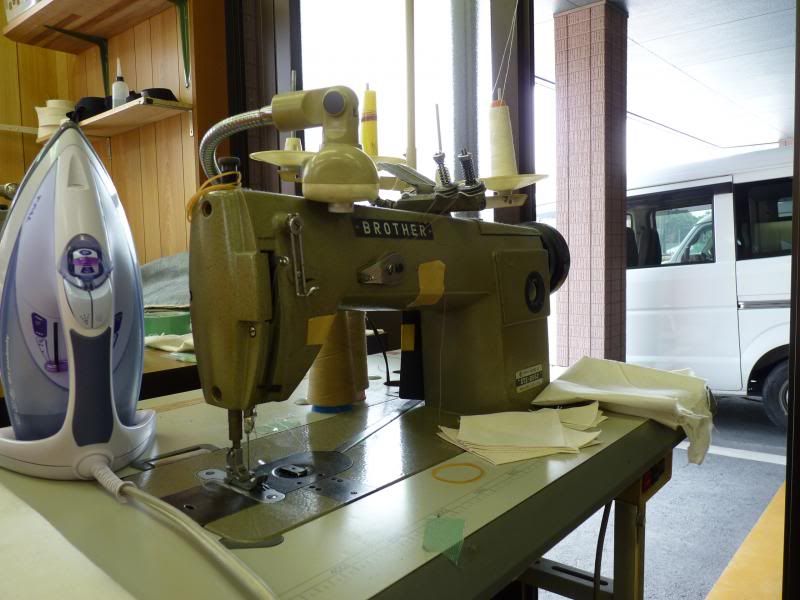
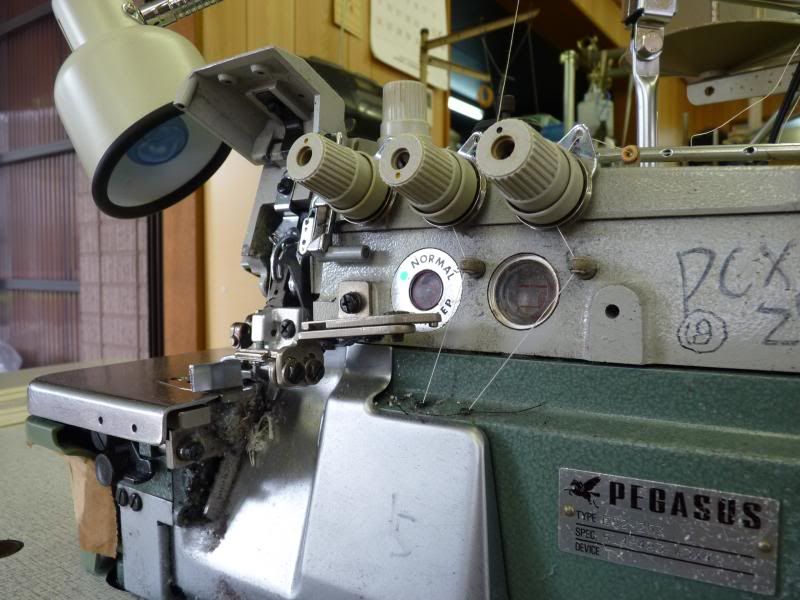
Next time we’ll take a look at the first stop in the creation of Flat Head’s jeans!
-
Glad you enjoyed it, I'm posting the next part as soon as SuFu's back online!
-
F310
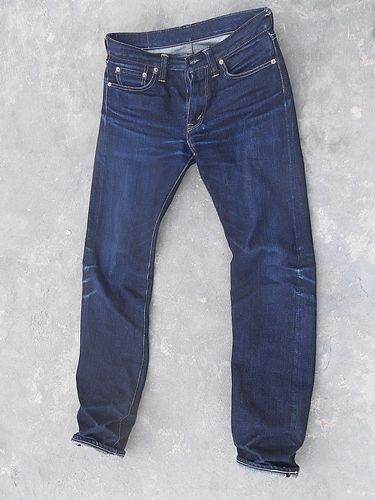


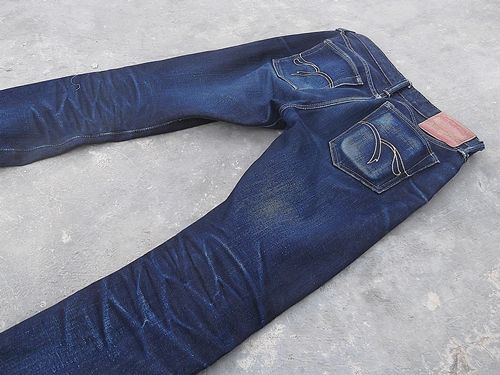
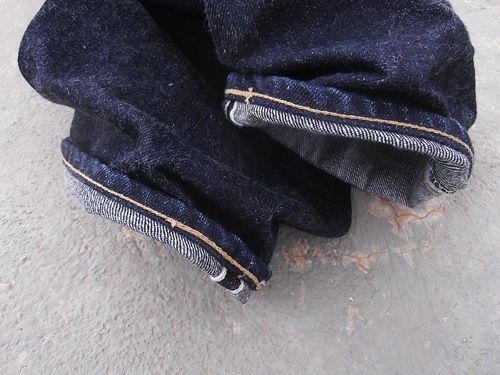
-
^thanks for part II Kyle

@Kyle@TFH:
Part Two: The Cutting House

Our first stop on the Flat Head tour took us to an ordinary neighborhood of traditional Japanese-style houses. If you didn’t know exactly where to look, you would never have known that some of Japan’s best jeans are made here. There are only about five or so locations where Flat Head’s jeans are made like this, scattered throughout Kojima.
According to the sewing company, this is a traditional Kojima way of manufacture, and it’s not hard to see why. Compared to doing everything in a single factory, it’s slower and less efficient, particularly the extra step of transporting the jeans (in various states of completion) from one location to the next. This house-factory method of manufacture extends at least as far back as World War II (when civilian areas were bombed for supposedly concealing production) and is probably much older than that, even.
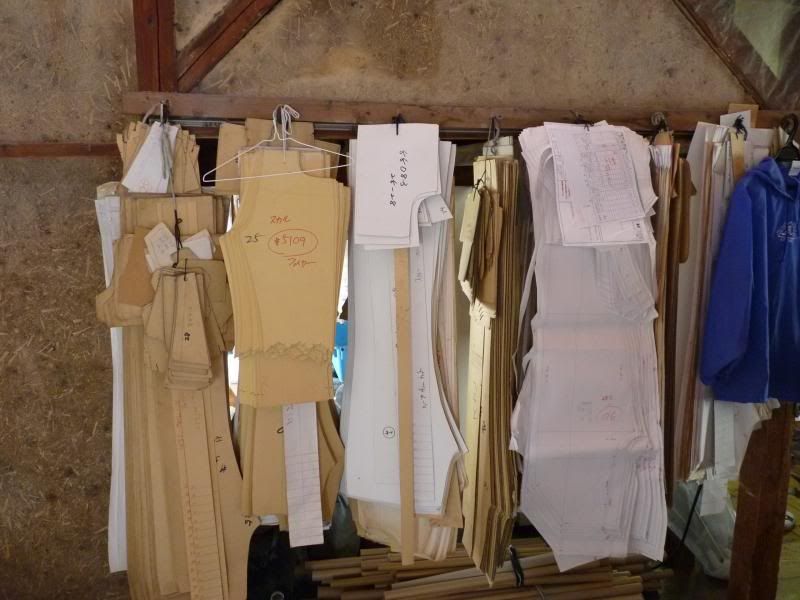
The history of this cutting house goes back much farther than the sewing company or Flat Head. According to the elderly couple who lives and works here, the building is over a hundred years old. You’d be unlikely to find anything like this from other manufacturers, and getting to see the facilities and processes used inspired a deep respect for a side of Japan that has largely vanished in the twenty-first century.
The cutting house, as the name suggests, is where the jeans are cut. The man cutting the jeans was able to tell me exactly how many layers of denim were in each stack – twenty-two. As he said, this is the optimum amount for cutting with their tools. Too many layers results in a lack of uniformity; too few, and it becomes difficult to properly control the tools.
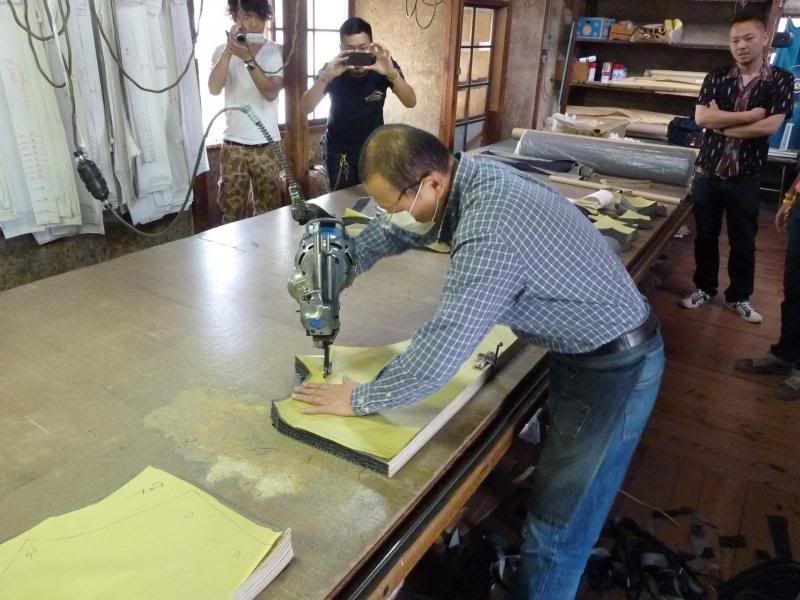
As you can see, this is done entirely by hand; there’s no automation involved. There’s always a highly-skilled hand behind each of the tools used in making our jeans.

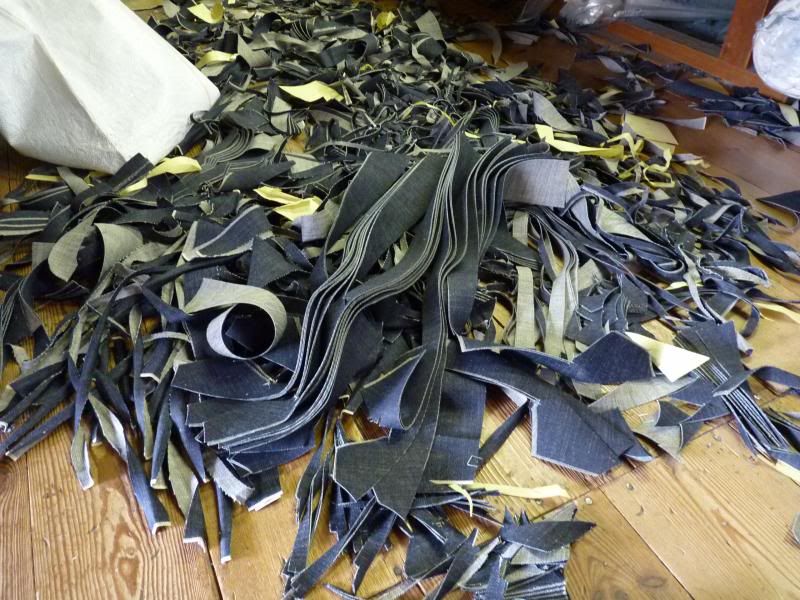
I also got the opportunity to cut some denim myself! I only practiced on waste scraps, but I could definitely tell that this was way harder than it looked. While most jeans are cut by automated machines, Flat Head does it all by hand. It actually reminded more of my father’s woodworking than anything I would have associated with making jeans.
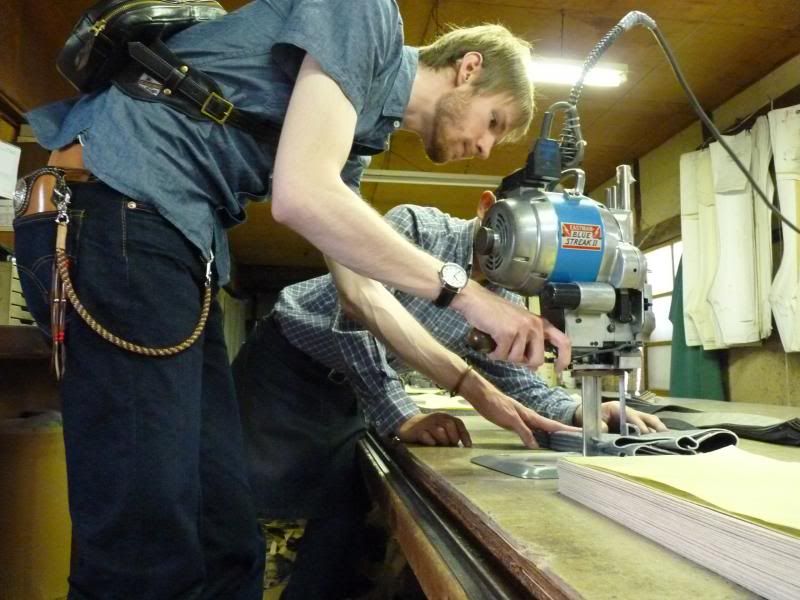
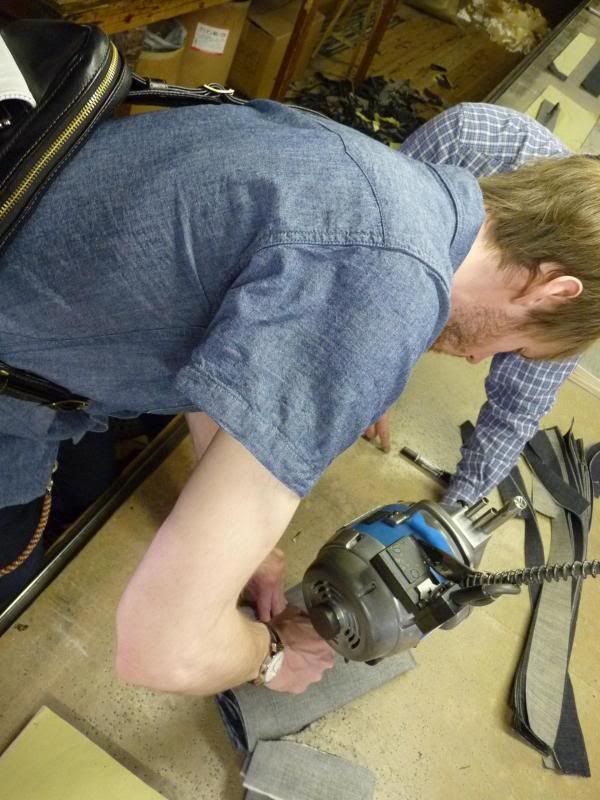
It was quite an experience getting to meet the very same people who most likely cut the jeans I’m wearing today. If you’re wondering why I’m not talking about the dyeing and weaving process, that’s because it’s not done in Kojima. Flat Head’s dyeing is a very carefully-guarded secret; besides our president Mr. Kobayashi, only two or three people in the company have ever seen our proprietary dyeing technique in person. Additionally, our denim is not woven by one of the well-known denim mills, such as Kaihara or Kuroki; I had never heard of it before, and I don't know of any other brands that get their denim from here. All that I can say is that both our proprietary dyeing and weaving processes are not found in denim by any other brands.

Next time we’ll see where the needle hits the selvage and check out the first of Flat Head’s sewing houses!


